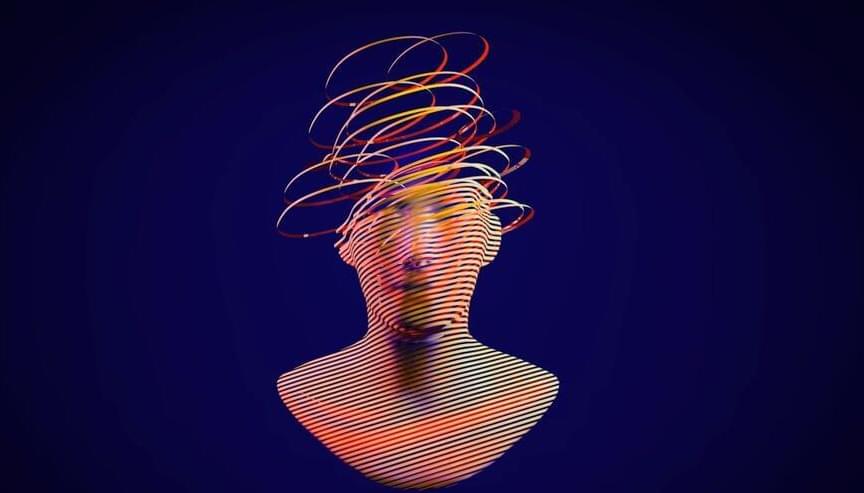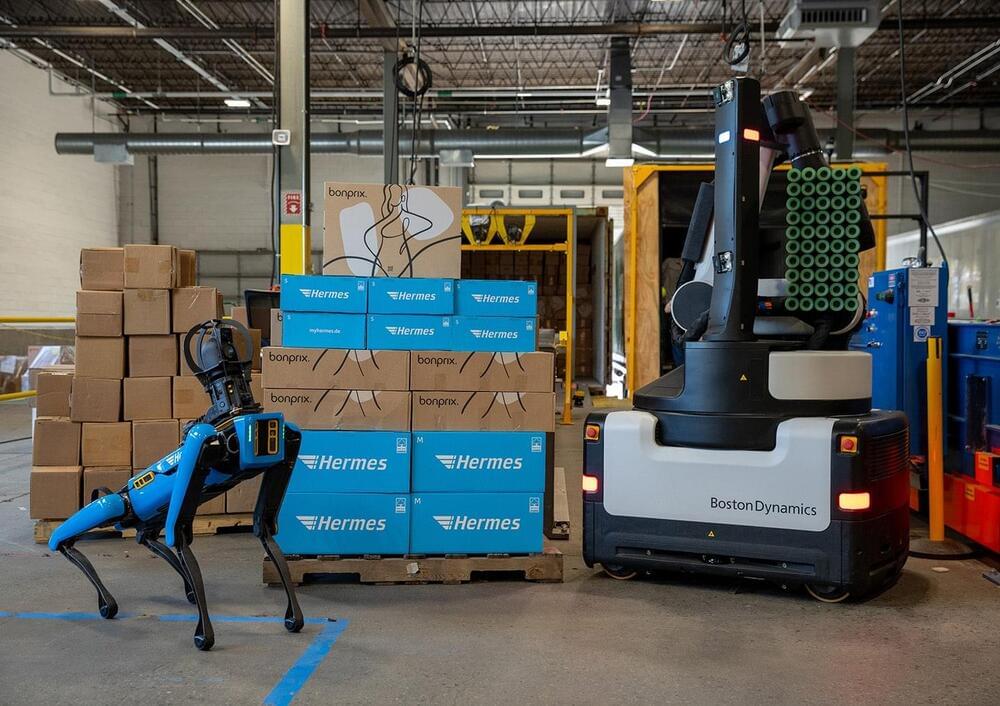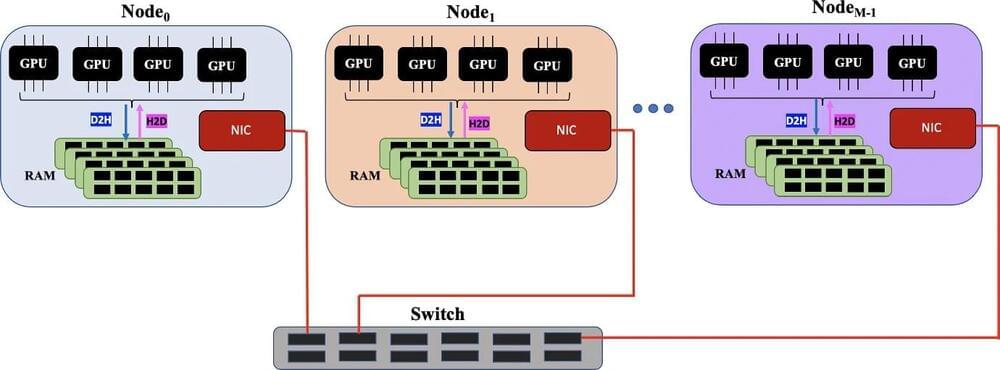The science of human consciousness offers new ways of gauging machine minds – and suggests there’s no obvious reason computers can’t develop awareness.



On Thursday, AI-maker and OpenAI competitor Anthropic launched Claude Pro, a subscription-based version of its Claude.ai web-based AI assistant, which functions similarly to ChatGPT. It’s available for $20/month in the US or 18 pounds/month in the UK, and it promises five-times-higher usage limits, priority access to Claude during high-traffic periods, and early access to new features as they emerge.
Like ChatGPT, Claude Pro can compose text, summarize, do analysis, solve logic puzzles, and more.

Strategic agreement calls for fleet of Boston Dynamics robots to be deployed across more than 20 facilities over the next two years, to position retailer for the future.
Hamburg, Germany / Waltham, MA, USA – September 11, 2023 – The Otto Group, one of the world’s largest e-commerce retailers, has signed a strategic agreement with Boston Dynamics, the global leader in mobile robotics, to continue automating its logistics operations. The plan is to deploy Boston Dynamics’ Spot® robots in more than 10 and Stretch™ robots in more than 20 of the group’s facilities over the next two years, beginning with Hermes Fulfilment. The deployment supports Otto Group’s efforts to improve safety, increase operational efficiency and address labor shortages for specific types of warehouse work and the agreement marks the first time both of Boston Dynamics’ commercially available robots will be deployed together at enterprise scale.
Under the terms of the agreement, Spot, the four-legged mobile robot from Boston Dynamics, will support tunnel inspections and predictive maintenance activities for operations equipment, including thermal monitoring, analog gauge reading and acoustic detection of pressurized air and gas leaks. The Spot fleet will also run autonomous missions, collecting data for machine learning models to support tasks like fire exit egress monitoring and detecting slight changes in storage racks to keep Otto Group’s warehouses even safer. In addition, the Otto Group will be utilizing Stretch, Boston Dynamics’ box-moving robot designed for warehouse applications. Stretch will begin unloading containers at 10 facilities next year, with the goal of having all sites operational by the end of 2025. Stretch, which is particularly useful for unloading heavy packages in the container sector, will provide technological support for physically demanding activities.

A machine-learning algorithm demonstrated the capability to process data that exceeds a computer’s available memory by identifying a massive data set’s key features and dividing them into manageable batches that don’t choke computer hardware. Developed at Los Alamos National Laboratory, the algorithm set a world record for factorizing huge data sets during a test run on Oak Ridge National Laboratory’s Summit, the world’s fifth-fastest supercomputer.
Equally efficient on laptops and supercomputers, the highly scalable algorithm solves hardware bottlenecks that prevent processing information from data-rich applications in cancer research, satellite imagery, social media networks, national security science and earthquake research, to name just a few.
“We developed an ‘out-of-memory’ implementation of the non-negative matrix factorization method that allows you to factorize larger data sets than previously possible on a given hardware,” said Ismael Boureima, a computational physicist at Los Alamos National Laboratory. Boureima is first author of the paper in The Journal of Supercomputing on the record-breaking algorithm.
This talk is about how you can use wireless signals and fuse them with vision and other sensing modalities through AI algorithms to give humans and robots X-ray vision to see objects hidden inside boxes or behind other object.
Tara Boroushaki is a Ph.D student at MIT. Her research focuses on fusing radio frequency (RF) sensing with vision through artificial intelligence. She designs algorithms and builds systems that leverage such fusion to enable capabilities that were not feasible before in applications spanning augmented reality, virtual reality, robotics, smart homes, and smart manufacturing. This talk was given at a TEDx event using the TED conference format but independently organized by a local community.

“As a child, I wished for a robot that would explain others’ emotions to me” says Sharifa Alghowinem, a research scientist in the Media Lab’s Personal Robots Group (PRG). Growing up in Saudi Arabia, Alghowinem says she dreamed of coming to MIT one day to develop Arabic-based technologies, and of creating a robot that could help herself and others navigate a complex world.
In her early life, Alghowinem faced difficulties with understanding social cues and never scored well on standardized tests, but her dreams carried her through. She earned an undergraduate degree in computing before leaving home to pursue graduate education in Australia. At the Australian National University, she discovered affective computing for the first time and began working to help AI detect human emotions and moods, but it wasn’t until she came to MIT as a postdoc with the Ibn Khaldun Fellowship for Saudi Arabian Women, which is housed in the MIT Department of Mechanical Engineering, that she was finally able to work on a technology with the potential to explain others’ emotions in English and Arabic. Today, she says her work is so fun that she calls the lab “my playground.”
Alghowinem can’t say no to an exciting project. She found one with great potential to make robots more helpful to people by working with Jibo, a friendly robot companion developed by the founder of the Personal Robots Group (PRG) and the social robot startup Jibo Inc., MIT Professor and Dean for Digital Learning Cynthia Breazeal’s research explores the potential for companion robots to go far beyond assistants who obey transactional commands, like requests for the daily weather, adding items to shopping lists, or controlling lighting. At the MIT Media Lab, the PRG team designs Jibo to make him an insightful coach and companion to advance social robotics technologies and research. Visitors to the MIT Museum can experience Jibo’s charming personality.


Computing is at an inflection point. Moore’s Law, which predicts that the number of transistors on an electronic chip will double about every two years, is slowing down due to the physical limits of fitting more transistors on affordable microchips. Increases in computer power are slowing down as the demand grows for high-performance computers that can support increasingly complex artificial intelligence models.
This inconvenience has led engineers to explore new methods for expanding the computational capabilities of their machines, but a solution remains unclear.
Photonic computing is one potential remedy for the growing computational demands of machine-learning models. Instead of using transistors and wires, these systems utilize photons (microscopic light particles) to perform computation operations in the analog domain.
If you thought ChatGPT was impressive, you ain’t seen nothing yet…
DeepMind co-founder Mustafa Suleyman predicts ongoing, exponential progress in LLMs and other generative AI. But the emergence of such powerful technology raises huge ethical and safety concerns.
DeepMind co-founder Mustafa Suleyman predicts that AI will continue its exponential progress, with orders-of-magnitude growth in model training sizes over the next few years.
If people remember how sampling changed music, watch what this guys does to make AI music. A long time ago when people said AI will replace musicians, I replied AI is just a sampler. If people use a Tupac voice on a song like this guy did, they just pay royalties. Then with samplers arists made sample disks royalty free. They make money when you buy the sample disk. The same with AI, you just upload your sample disk into your AI, whether the music AI is from Meta or Google. Yeah Meta has music AI, you can see it used here.
Welcome to a showcase of sounds sampled through the power of artificial intelligence. Gone are the days of vinyl digging; now, we embrace prompt digging…
Jump on the hype train for this channel, and help me crank out even more wicked videos like this one:
https://www.patreon.com/NobodyandTheComputer.
Contact me:
[email protected].
Colab Notebook META AudioGen & MusicGEN: